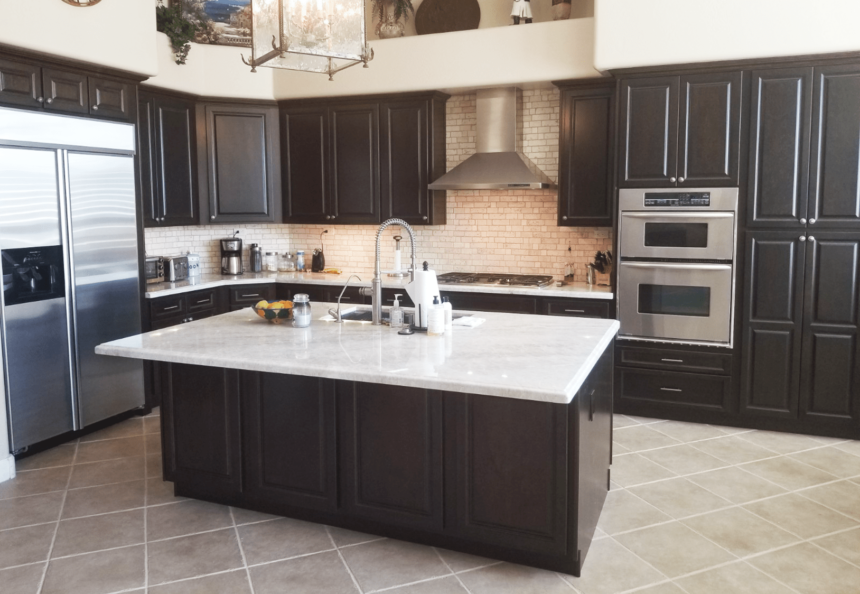Refurbishing refrigerated cabinets is a smart investment for businesses in the food service and retail industries. Not only does it enhance the visual appeal of your space, but it can also improve energy efficiency and prolong the lifespan of your equipment. One of the most crucial aspects of cabinet refurbishment is selecting the right materials. This article will guide you through the key considerations to make an informed choice.
1. Durability
When refurbishing refrigerated cabinets, durability should be at the forefront of your decision-making. The materials you choose must withstand frequent use, including the opening and closing of doors, as well as exposure to moisture and temperature fluctuations. Metals such as stainless steel are excellent choices due to their strength and resistance to dents and scratches. High-density plastics can also provide a durable option while being lightweight.
2. Insulation Efficiency
Efficient insulation is vital for maintaining optimal temperatures inside refrigerated cabinets, which directly impacts energy consumption. Look for materials that provide high thermal resistance. Expanded polystyrene (EPS) and polyurethane foam are commonly used for insulation due to their superior insulating properties. Investing in high-quality insulation materials can significantly reduce energy costs, leading to long-term savings.
3. Corrosion Resistance
In environments where refrigerated cabinets are used, exposure to moisture and temperature changes can lead to corrosion over time. Choosing materials that resist rust and corrosion is essential for longevity. Stainless steel is a top choice because of its excellent corrosion resistance. If opting for other metals, make sure they have a protective coating to enhance their lifespan in humid conditions.
4. Hygienic Properties
Hygiene is crucial in the food industry, and the materials used in refrigerated cabinets should facilitate easy cleaning and maintenance. Non-porous surfaces are ideal, as they do not harbor bacteria and are easy to wipe down. Consider materials like stainless steel or food-safe plastics that meet health and safety standards. Additionally, choosing materials that resist staining and odors will help maintain a clean and safe environment.
5. Environmental Impact
As sustainability becomes a priority for many businesses, selecting eco-friendly materials is an increasingly important consideration. Look for recyclable or sustainably sourced materials that minimize environmental impact. Many manufacturers now offer green alternatives that do not compromise on quality. Using sustainable materials not only benefits the environment but also enhances your brand image, appealing to environmentally conscious consumers.
6. Aesthetic Appeal
The appearance of refrigerated cabinets can significantly influence customer perception and shopping behavior. Materials that enhance the visual appeal of your cabinets can create a more inviting atmosphere in your store or restaurant. Consider finishes such as brushed stainless steel or powder-coated metals that can be customized in various colors. The aesthetic choices should align with your brand identity and enhance the overall decor of your space.
7. Cost-Effectiveness
While high-quality materials often come with a higher upfront cost, it’s important to consider the long-term savings associated with durability and energy efficiency. Assess your budget and balance the initial investment against potential savings on maintenance and energy bills. Sometimes, spending a little more upfront can lead to significant savings over time, making it a cost-effective decision in the long run.
8. Compatibility
When refurbishing your refrigerated cabinets, ensure that the materials you choose are compatible with existing cabinet structures and refrigeration systems. This compatibility will prevent additional costs associated with adjustments or modifications. Consult with a professional refurbishing service to understand which materials will best integrate with your current setup.
9. Safety Standards
All materials used in refrigerated cabinets should comply with relevant health and safety regulations. This is particularly important in the food industry, where compliance ensures that food safety standards are met. Materials should be non-toxic and safe for use in environments where food is stored. Check for certifications and standards that verify the safety and quality of the materials you intend to use.
10. Thermal Performance
Lastly, consider the thermal performance of the materials. The ability of materials to maintain consistent internal temperatures is crucial for energy efficiency and product safety. Conduct research or consult with experts to determine which materials have the best thermal properties for your specific needs. Selecting materials that help maintain temperature stability can reduce energy consumption and improve overall efficiency.
Conclusion
Choosing the right materials for refurbishing your refrigerated cabinets is a multi-faceted decision that impacts durability, efficiency, hygiene, aesthetics, and sustainability. By carefully considering these factors, you can make informed choices that will not only enhance the functionality of your cabinets but also improve the overall customer experience. Whether you’re in retail or food service, investing in high-quality materials will pay off in the long run, ensuring that your refrigerated cabinets meet the demands of modern consumers while contributing positively to your bottom line.
In a competitive market, staying ahead means not just upgrading the look of your cabinets but also ensuring they perform efficiently and sustainably. The right materials will set the foundation for a successful refurbishment project and support your business goals for years to come.


